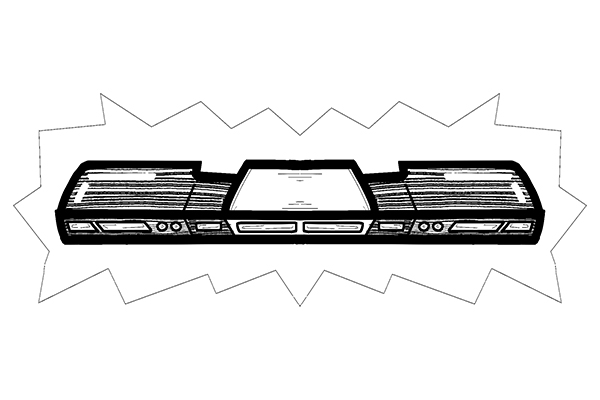How Austin has addressed police reform since a national reckoning with police brutality
March 24, 2021
Editor’s Note: This article first appeared in the March 12 issue of The Daily Texan.
Trigger Warning: Contains mentions of police brutality, violence and racism.
After nationwide Black Lives Matter protests and the city’s partial defunding of the Austin Police Department over the summer, Austin’s Reimagining Public Safety task force is approaching the halfway mark in a yearlong timeline of recommendations for public safety changes.
The task force aims to reinvest money from APD into community support programs, such as housing for people experiencing homelessness and mental health services.
The leadership team was formed in August 2020 after the Austin City Council voted to redirect APD funds to other city programs following the police killings of George Floyd in Minneapolis, Minn. and Michael Ramos in Austin. The Office of the City Manager updated members of the public safety committee on the effort’s progress in a Wednesday meeting.
However, some activists are saying the program is not enough to solve deeply rooted issues of racism and brutality in policing.
“Reallocating funds from policing … is one of the key ways we can provide better services and alternatives, by taking that money and putting it into other forms of public safety and really expanding the definition of public safety,” said Chas Moore, the executive director of the Austin Justice Coalition, a grassroots movement focused on racial justice. “Police solely do not own the definition of public safety.”
Investigations
Task force leadership is investigating racial disparities in APD policing, deputy city manager Nuria Rivera-Vandermyde said during the meeting.
Currently, city manager Spencer Cronk is investigating allegations of discrimination and racial bias within APD policies and behaviors, according to the Reimagining Public Safety website.
Sociology professor William Kelly, a former member of the Austin Public Safety commission, said while police training can be changed, the bigger concern is the department’s culture.
“You can change the curriculum at the (police academy) and retrain on use of lethal force, but at the end of the day, it’s cops on the street interacting with individuals,” Kelly said. “If they are in an environment … that permits people who look different to be treated differently, that is extraordinarily difficult to turn around.”
In January, the Office of Police Oversight, which responds to complaints of police misconduct, oversaw a rewrite of APD’s six use-of-force policies. The action comes from a June 11 resolution to review APD general orders on enforcement policies and practices.
“It’s going to take some much-needed change from within the (police) department by having leadership within the department that’s going to be truly committed to doing that work,” Moore said.
Actions
Beginning in February, the 911 call center adopted a new script, adding mental health services to the current fire, Emergency Medical Services and police options, according to the website.
The city also invested in funding job programs for the unemployed through Workforce First and supporting vulnerable individuals. The effort created a Civil Rights Office to investigate compliance with civil rights laws in February 2021.
In February, the city council purchased two hotels to create permanent supportive housing for individuals experiencing homelessness using redirected funds.
A member of the Liberation Coalition, who asked to remain anonymous for safety reasons, said policing is not the solution to public safety.
“There will always be core conflicts between the police and oppressed groups until there is total system change outside the police departments,” the coalition member said. “Only through a total revolution of all of society will the fundamental conditions that cause police brutality and oppression be rid of.”












